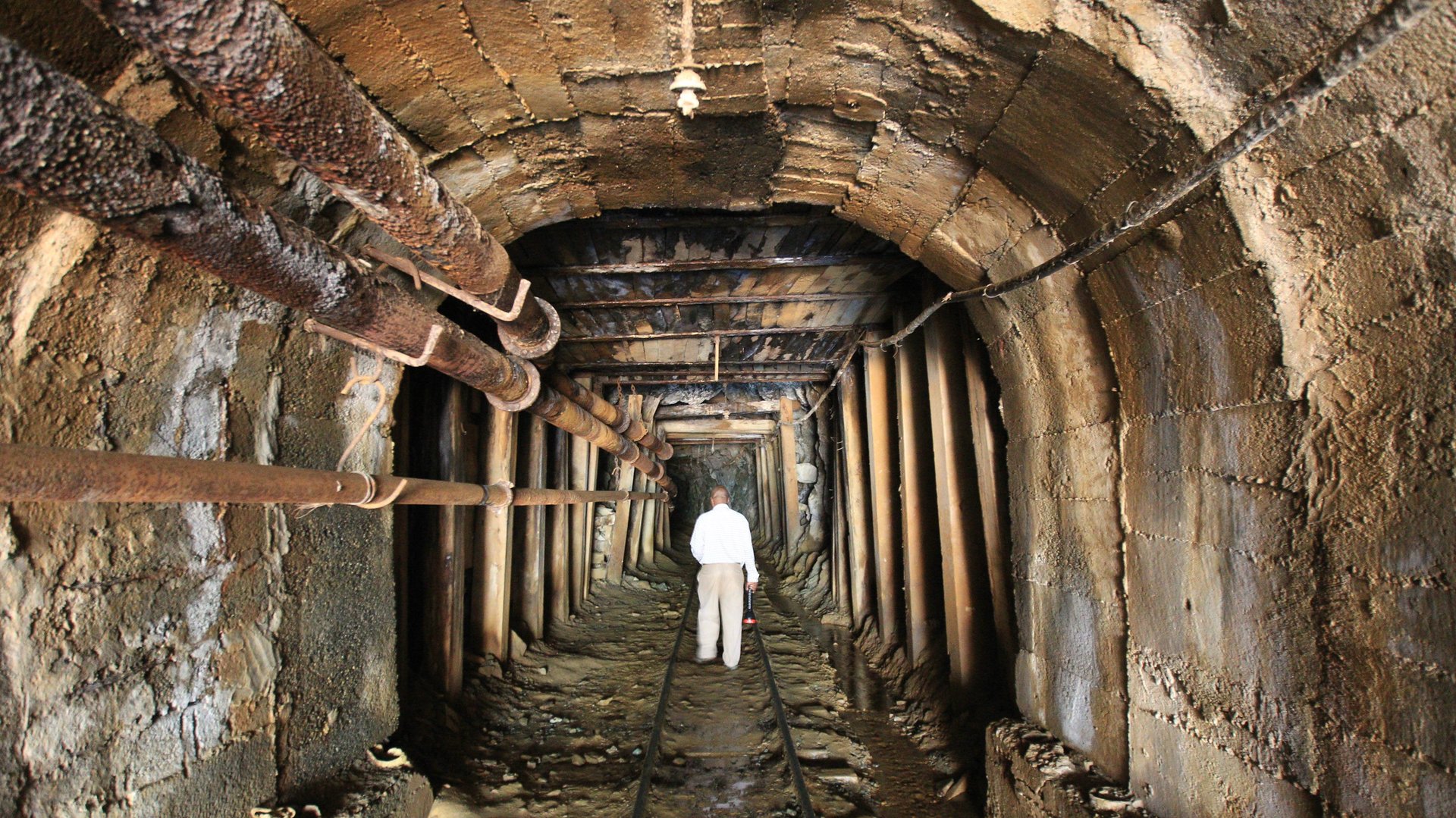The hottest thing in the markets right now is an obscure metal mined in DR Congo
The financial markets have an unlikely new hero. In recent months, the best way to make a serious amount of money in a short amount of time has been to buy cobalt. The price per ton of the metal has soared by almost 70% already this year, driven by a near-insatiable demand for rechargeable batteries and the growing popularity of electric cars.


The financial markets have an unlikely new hero. In recent months, the best way to make a serious amount of money in a short amount of time has been to buy cobalt. The price per ton of the metal has soared by almost 70% already this year, driven by a near-insatiable demand for rechargeable batteries and the growing popularity of electric cars.
Cobalt is a key ingredient used in lithium-ion batteries that power everything from Apple products to Tesla cars. As it happens, the great cobalt boom of 2017 follows a bumper year for lithium, which rose by around 80% in price in 2016.
Bullish investors have pushed Tesla and Apple stock to record highs, but a steady supply of cobalt will be crucial to making their plans a reality. In part, fears about cobalt’s scarcity are behind the metal’s recent price surge. Cobalt is hard to get a hold of, and the market remains relatively small—93,000 metric tons were produced in 2016.
The biggest obstacle to boost cobalt supply is the fact that more than 60% of the world’s reserves are in the Democratic Republic of Congo. There are serious concerns about how cobalt is mined in the DRC, with several investigations revealing horrendous practices, including the use of child labor. Last month, Apple said it had temporarily stopped buying cobalt mined by hand in Congo until working conditions were resolved. Tesla wants to make 500,000 electric cars in 2018, but also says it wants to source the cobalt from North America, which won’t be easy.
Trent Mell, CEO of First Cobalt, a new Toronto-based exploration company, says that Tesla’s plan is something of a “pipe dream.” One of the biggest challenges for the cobalt industry is that no other country has even 10% of the market, and “you have to go to the DRC for any meaningful supply,” Mell notes.
Caspar Rawles, an analyst at Benchmark Mineral Intelligence, is equally direct. “While there are a number of new cobalt projects being developed around the world, quite simply: there will be no electric vehicle industry without DRC cobalt,” he says. His firm expects cobalt prices to keep rising throughout the rest of the year, though at a slower pace. However, Rawles warns that the market could be volatile. The DRC is set to hold elections this year as set out in a peace agreement last year, and any delay to the vote could rekindle civil unrest, he says.
Another problem is that the cobalt supply is at the mercy of larger metal markets. Some 98% of cobalt is mined as a by-product of copper and nickel. In the past few years, a plunge in price for those more common commodities forced mines to close (paywall). So even though there is strong demand for cobalt, if the rest of the industry is suffering, cobalt production will too.
First Cobalt, which Mell joined last month, is trying to resolve these supply issues. The company’s first project has been to acquire an old silver mine in northern Ontario that can also produce cobalt.
The timing of the move is noteworthy. Does the 70% surge in cobalt prices make him nervous that the market’s best days are behind it? While Mell admits that it’s not comfortable watching a price shoot up like that—a steady rally is preferable—he doesn’t think the current price is unsustainable. With crucial parts of modern batteries reliant on cobalt, and the cost of batteries falling quickly, electric vehicles will soon be affordable for the mass market, he says.
Already, more than 50% of cobalt production is destined for use in batteries; this share is likely to increase to around 60% by 2020, according to Benchmark. The real cobalt supply crunch may not come until 2020, when demand may begin to outstrip supply, according to the research group. This rally may have further to run.